Home>Home Appliances>Heating & Cooling>How To Save Money With Forced Air Heating
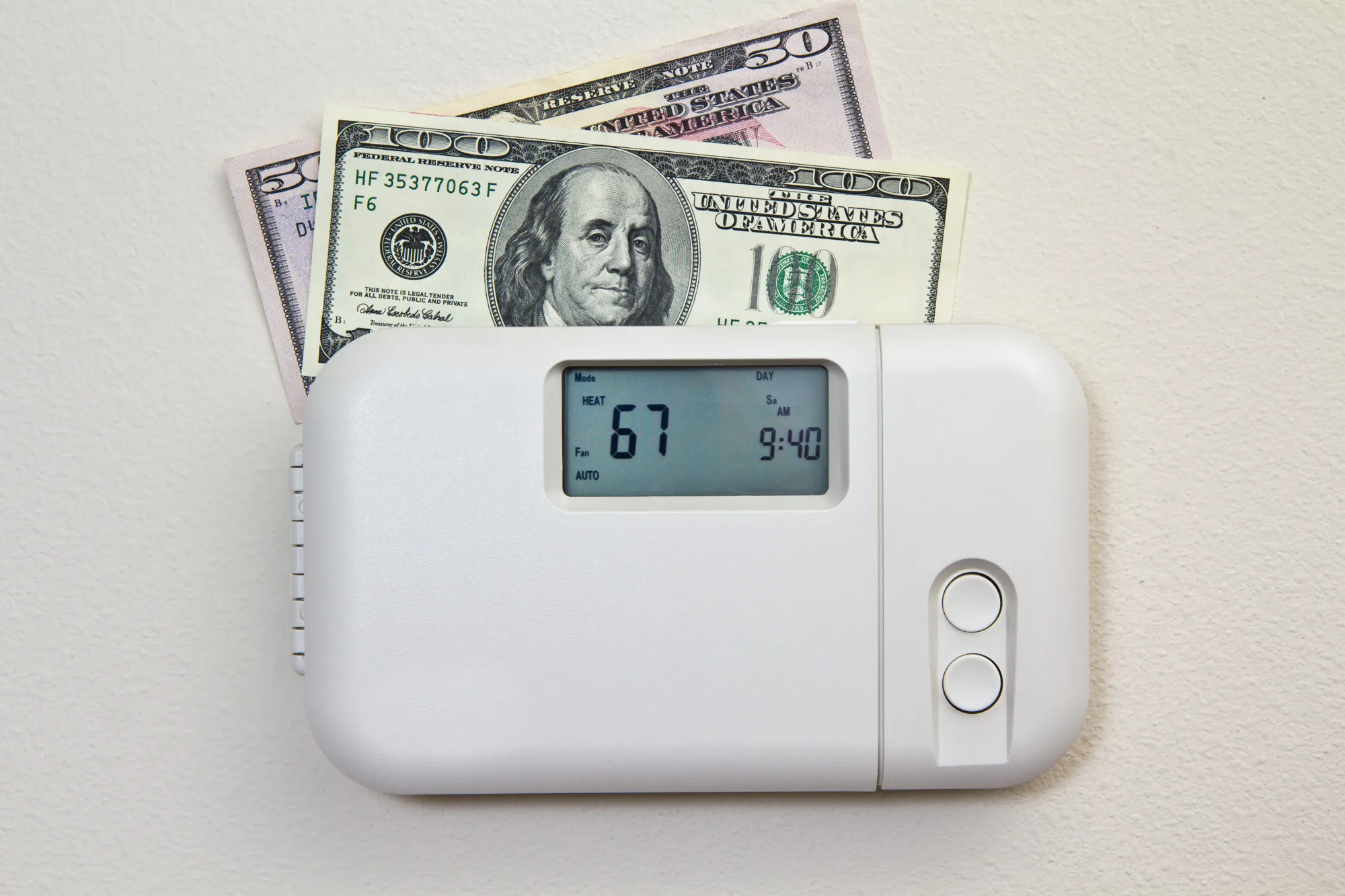

Heating & Cooling
How To Save Money With Forced Air Heating
Modified: March 25, 2024
Learn how to save money on heating and cooling with forced air heating. Discover energy-efficient tips and tricks to lower your utility bills.
(Many of the links in this article redirect to a specific reviewed product. Your purchase of these products through affiliate links helps to generate commission for Storables.com, at no extra cost. Learn more)
Introduction
Forced air heating systems are a popular choice for keeping homes warm and comfortable. These systems work by heating air in a furnace and then distributing it throughout the house via a network of ducts. The heated air is released through vents, effectively raising the indoor temperature and creating a cozy environment, especially during the chilly months.
Understanding how forced air heating systems operate and how to optimize their efficiency can lead to significant cost savings. By implementing practical tips and considering potential upgrades, homeowners can make the most of their forced air heating systems while minimizing energy expenses.
In this article, we will delve into the intricacies of forced air heating, offering valuable insights and actionable advice on how to save money while ensuring optimal warmth and comfort in your home. Whether you're a seasoned homeowner or a first-time property owner, understanding the nuances of forced air heating can empower you to make informed decisions and take proactive steps to enhance your heating system's performance.
Let's explore the world of forced air heating and discover how you can maximize its benefits while minimizing its impact on your wallet.
Key Takeaways:
- Save money with forced air heating by scheduling annual maintenance, sealing air leaks, and using a programmable thermostat. These simple steps can reduce energy costs and create a cozy home environment.
- Consider upgrading to a high-efficiency furnace, smart thermostat, or insulated ductwork for long-term cost savings and improved comfort with forced air heating. Embrace modern technology for a sustainable home.
Read more: How To Save Money On Air Conditioning Costs
Understanding Forced Air Heating Systems
Forced air heating systems are a prevalent choice for residential heating due to their efficiency and widespread availability. These systems operate by heating air in a furnace and then distributing it throughout the home via a network of ducts. The heated air is released through vents, effectively raising the indoor temperature and creating a comfortable living environment, especially during colder seasons.
The key components of a forced air heating system include the furnace, ductwork, vents, and a thermostat. The furnace, often powered by natural gas, propane, or electricity, is responsible for heating the air. Once the air is heated, it is propelled through the ductwork by a blower motor, which circulates the warm air to different areas of the house. Vents strategically placed in each room allow the heated air to be released, raising the temperature and maintaining a consistent level of warmth throughout the home. The thermostat serves as the control center, allowing homeowners to set and regulate the desired temperature.
One of the notable advantages of forced air heating systems is their ability to quickly and effectively distribute warmth throughout the entire house. This rapid heating capability makes forced air systems particularly appealing for homeowners seeking prompt comfort during cold spells. Additionally, forced air systems can be equipped with air filters and humidifiers, contributing to improved indoor air quality and overall comfort.
However, it's important to note that forced air heating systems may lead to air stratification, where the heated air rises to the ceiling, leaving the lower areas cooler. To address this, ceiling fans can be utilized to help circulate the warm air downward, ensuring a more uniform distribution of heat.
Understanding the fundamentals of forced air heating systems empowers homeowners to make informed decisions regarding their heating needs. By grasping the mechanics of how these systems operate, individuals can better appreciate their efficiency and identify opportunities for optimizing their performance and energy usage. This knowledge lays the groundwork for implementing cost-effective measures and making informed choices when it comes to maintaining, upgrading, or replacing components of the heating system.
In the next section, we will explore practical tips for saving money with forced air heating, providing actionable strategies for maximizing efficiency and minimizing energy costs.
Tips for Saving Money with Forced Air Heating
-
Regular Maintenance: Schedule annual maintenance for your forced air heating system. This includes cleaning or replacing air filters, inspecting ductwork for leaks, and ensuring that the furnace is operating efficiently. A well-maintained system can significantly reduce energy consumption and prevent costly repairs down the line.
-
Programmable Thermostat: Install a programmable thermostat to regulate the temperature based on your schedule. This allows you to lower the temperature when you're away or asleep, reducing energy usage without sacrificing comfort. Smart thermostats offer even greater flexibility, allowing remote control via mobile devices.
-
Seal Air Leaks: Inspect doors, windows, and ductwork for air leaks. Seal any gaps or cracks with weather-stripping or caulking to prevent warm air from escaping and cold air from infiltrating your home. This simple step can lead to substantial energy savings and improved comfort.
-
Optimize Airflow: Ensure that vents and registers are unobstructed by furniture, rugs, or drapes. Proper airflow allows for efficient heat distribution, preventing the system from working harder than necessary to maintain the desired temperature.
-
Utilize Ceiling Fans: In winter, set your ceiling fans to operate in reverse at a low speed. This helps circulate the warm air that naturally rises to the ceiling, redistributing it throughout the room and promoting a more even temperature.
-
Energy-Efficient Upgrades: Consider upgrading to energy-efficient components, such as a high-efficiency furnace or insulated ductwork. While there is an initial investment, these upgrades can lead to long-term energy savings and may qualify for rebates or tax incentives.
-
Zone Heating: If feasible, implement zone heating by installing programmable dampers in the ductwork. This allows you to control the temperature in different areas of the house independently, focusing heating efforts only where needed.
-
Insulation: Adequate insulation in the attic, walls, and basement helps retain heat within the home, reducing the workload on the heating system and lowering energy costs.
-
Regular Filter Replacement: Regularly replace air filters according to the manufacturer's recommendations. Clogged filters restrict airflow, forcing the system to work harder and consume more energy.
-
Professional Inspection: Periodically enlist the services of a professional HVAC technician to inspect and tune up your forced air heating system. Their expertise can uncover potential issues and ensure that your system operates at peak efficiency.
Implementing these tips can lead to substantial cost savings while maintaining a comfortable and cozy home environment. By being proactive and mindful of energy usage, homeowners can enjoy the benefits of forced air heating without breaking the bank.
Upgrading Your Forced Air Heating System
Upgrading your forced air heating system presents an opportunity to enhance efficiency, improve comfort, and potentially reduce long-term energy costs. As technology continues to advance, modern heating systems offer a range of features and capabilities designed to optimize performance and minimize environmental impact. Whether your current system is aging or you're seeking to embrace energy-efficient solutions, exploring potential upgrades can yield significant benefits for your home.
Consider High-Efficiency Furnaces
One of the most impactful upgrades for a forced air heating system is the installation of a high-efficiency furnace. These advanced units are designed to maximize heat production while minimizing fuel consumption, resulting in lower energy bills and reduced environmental footprint. High-efficiency furnaces often boast impressive Annual Fuel Utilization Efficiency (AFUE) ratings, indicating the percentage of fuel converted into usable heat. By upgrading to a high-efficiency model, homeowners can experience improved heating performance and potentially qualify for energy rebates or incentives.
Read more: When Did Forced Air Heating Start?
Explore Smart Thermostat Integration
Integrating a smart thermostat into your forced air heating system can revolutionize the way you manage home comfort and energy usage. Smart thermostats offer intuitive programming, remote access via mobile devices, and advanced features such as learning algorithms that adapt to your preferences and schedule. By optimizing heating schedules and adjusting temperatures based on occupancy, smart thermostats can contribute to substantial energy savings without compromising comfort. Additionally, the ability to monitor and control the system remotely provides convenience and flexibility, allowing homeowners to make real-time adjustments from anywhere.
Upgrade to Insulated Ductwork
Inefficient ductwork can lead to heat loss and reduced system performance. Upgrading to insulated ductwork can mitigate these issues by minimizing heat transfer and ensuring that warm air reaches its intended destination without unnecessary loss. Insulated ductwork helps maintain consistent temperatures throughout the home, reduces energy waste, and enhances the overall efficiency of the forced air heating system.
Consider Zoning Systems
Zoning systems offer a tailored approach to heating different areas of the home based on individual preferences and usage patterns. By dividing the house into zones with independent temperature controls, zoning systems allow for customized comfort while optimizing energy usage. This approach is particularly beneficial for larger homes or properties with distinct heating needs in various areas. Implementing zoning systems can lead to more efficient heating, reduced energy consumption, and enhanced comfort for occupants.
Evaluate Energy-Efficient Upgrades
In addition to the aforementioned upgrades, homeowners can explore a range of energy-efficient enhancements for their forced air heating systems. These may include variable-speed blowers, advanced air filtration systems, and heat recovery ventilators, all of which contribute to improved indoor air quality and energy conservation. By evaluating the available options and consulting with HVAC professionals, homeowners can identify the most suitable upgrades to align with their heating goals and budget.
By considering these upgrade options, homeowners can transform their forced air heating systems into efficient, cost-effective, and environmentally conscious solutions for home comfort. Embracing modern technologies and energy-efficient practices not only enhances the performance of the heating system but also contributes to a sustainable and comfortable living environment for years to come.
Conclusion
In conclusion, forced air heating systems offer an effective and versatile solution for maintaining a warm and comfortable home environment. By understanding the mechanics of these systems and implementing practical strategies, homeowners can achieve significant cost savings while optimizing efficiency. From regular maintenance and smart thermostat usage to exploring energy-efficient upgrades, there are numerous avenues to enhance the performance of forced air heating systems while minimizing energy expenses.
The tips provided in this article serve as actionable guidelines for homeowners looking to maximize the benefits of their forced air heating systems. By prioritizing regular maintenance, sealing air leaks, and optimizing airflow, individuals can create a more energy-efficient and comfortable living space. Additionally, exploring upgrades such as high-efficiency furnaces, smart thermostat integration, and insulated ductwork presents opportunities to elevate the performance and sustainability of the heating system.
It's important to recognize that investing in energy-efficient upgrades not only contributes to cost savings but also aligns with environmental stewardship. By reducing energy consumption and minimizing waste, homeowners can make a positive impact on the environment while enjoying the long-term benefits of an optimized heating system.
Ultimately, the journey to saving money with forced air heating involves a combination of proactive maintenance, strategic energy management, and thoughtful upgrades. By embracing these principles, homeowners can create a cozy and inviting home while keeping energy costs in check.
As the seasons change and the temperature fluctuates, the insights and recommendations outlined in this article can serve as a valuable resource for homeowners seeking to make the most of their forced air heating systems. By leveraging knowledge, practical tips, and potential upgrades, individuals can embark on a path toward enhanced comfort, cost savings, and environmental responsibility.
In the realm of home heating, informed decisions and proactive measures pave the way for a harmonious balance between warmth, efficiency, and financial prudence. With a commitment to optimizing forced air heating systems, homeowners can enjoy a snug and inviting home while reaping the rewards of energy-conscious living.
Frequently Asked Questions about How To Save Money With Forced Air Heating
Was this page helpful?
At Storables.com, we guarantee accurate and reliable information. Our content, validated by Expert Board Contributors, is crafted following stringent Editorial Policies. We're committed to providing you with well-researched, expert-backed insights for all your informational needs.
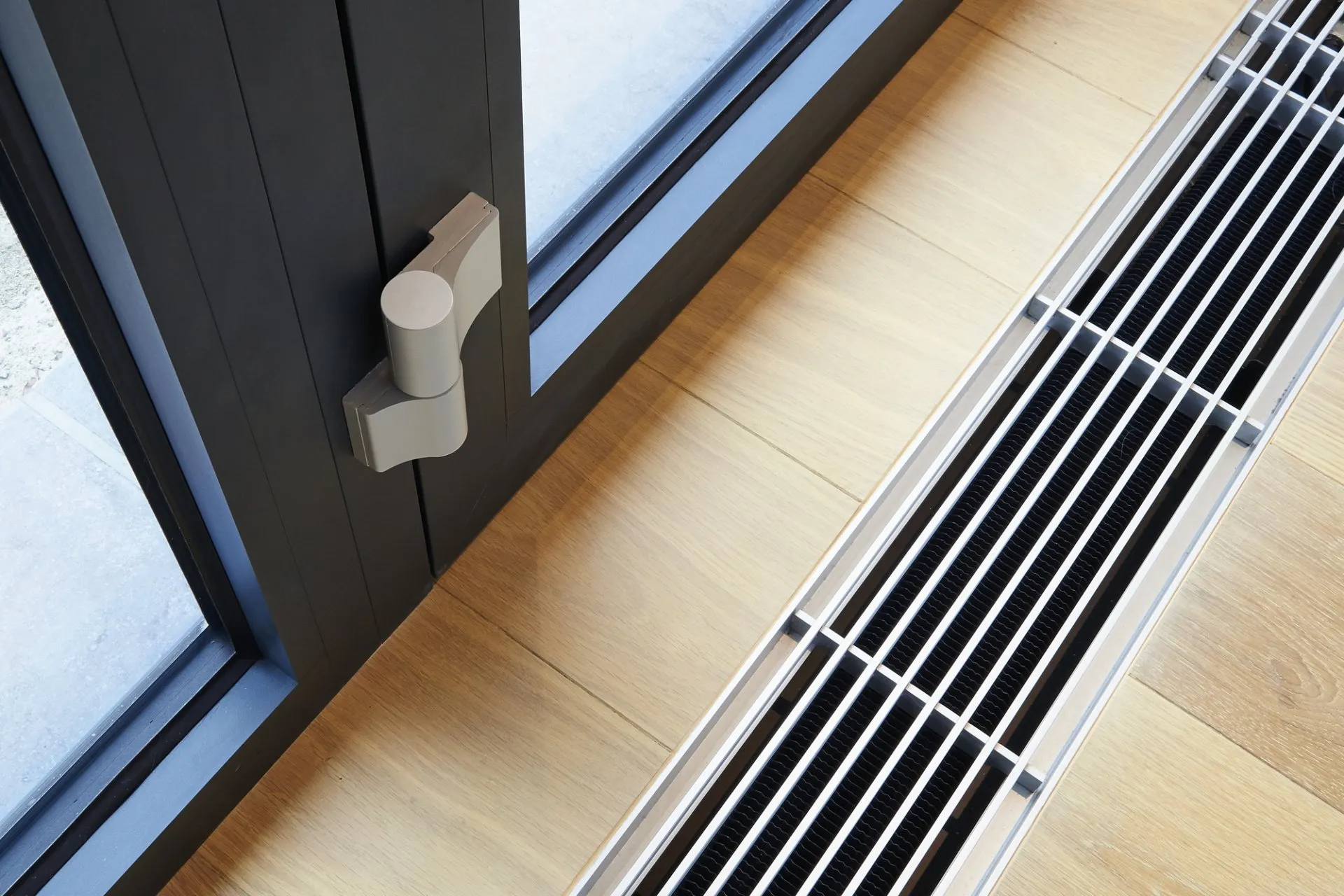
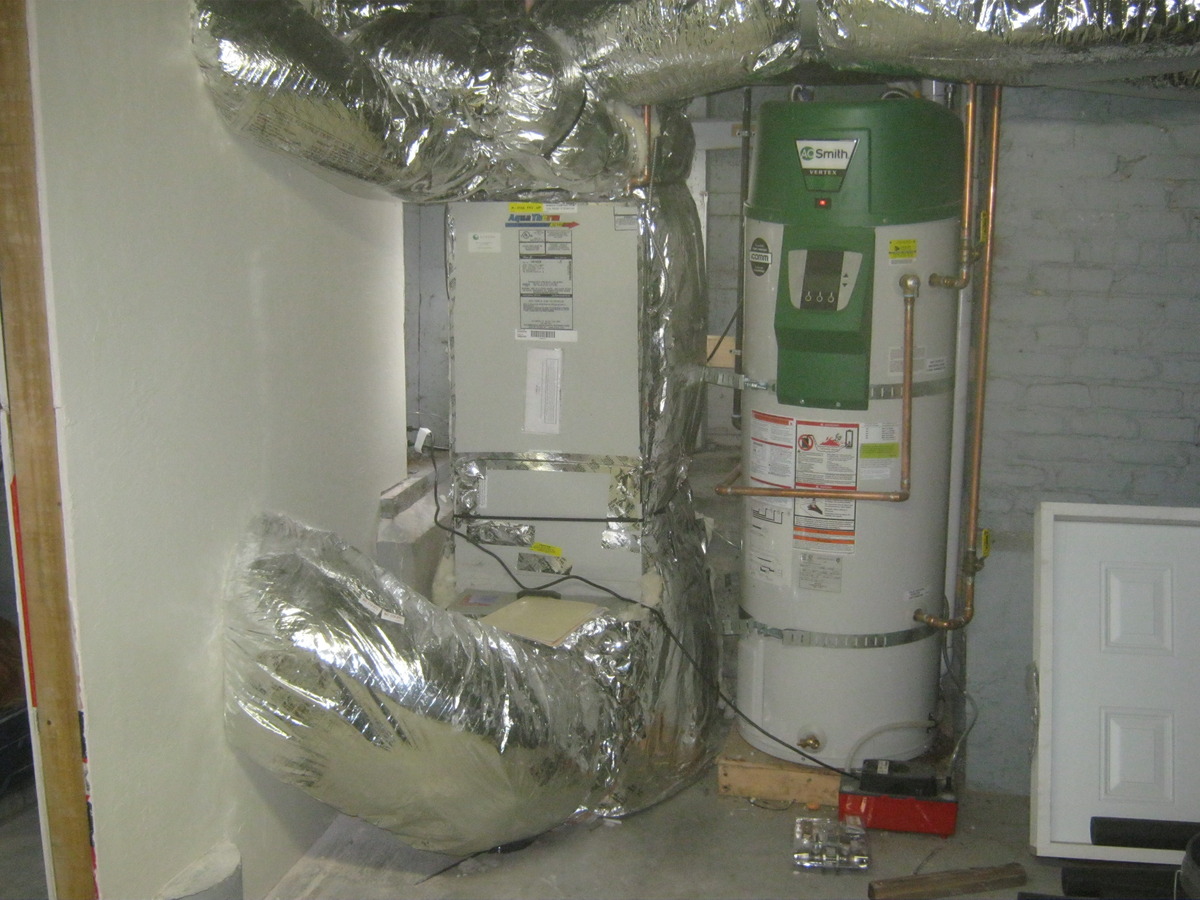
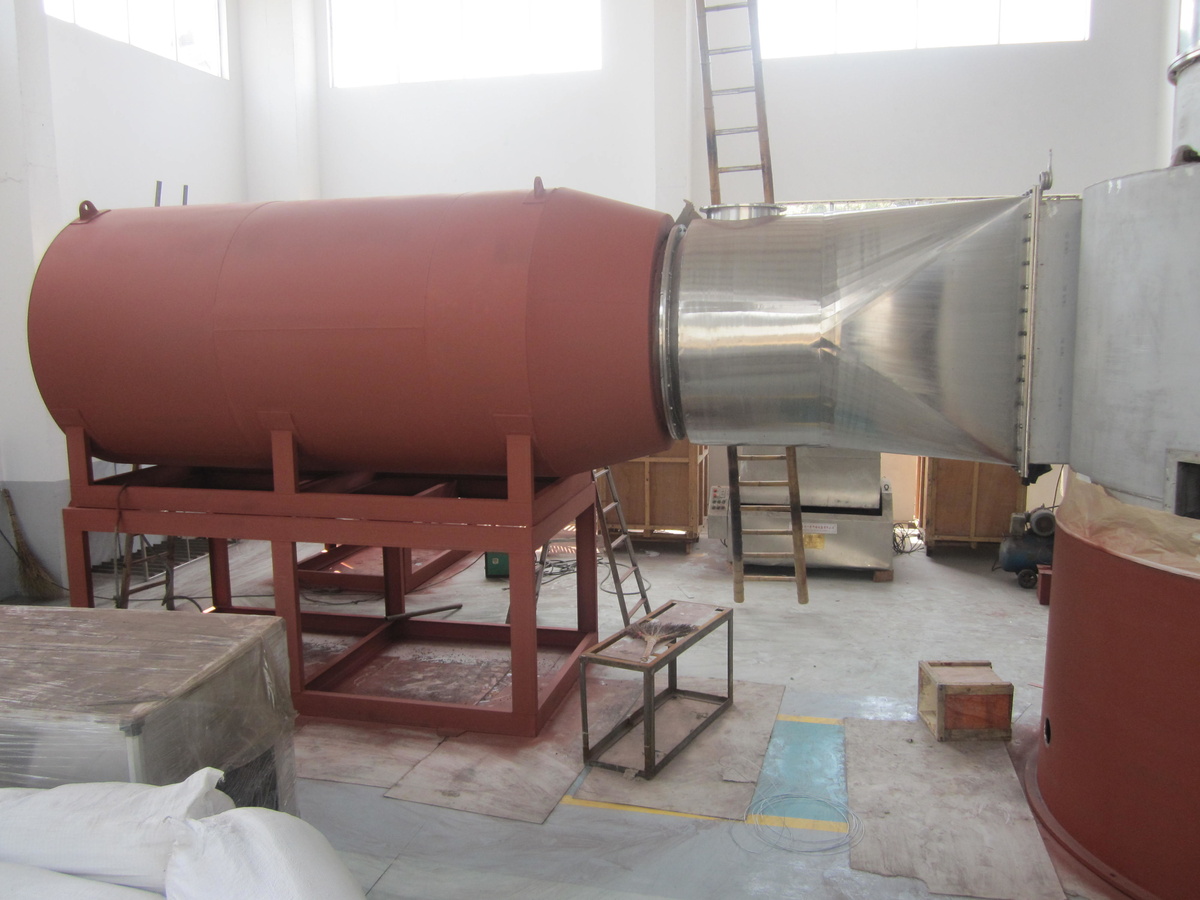
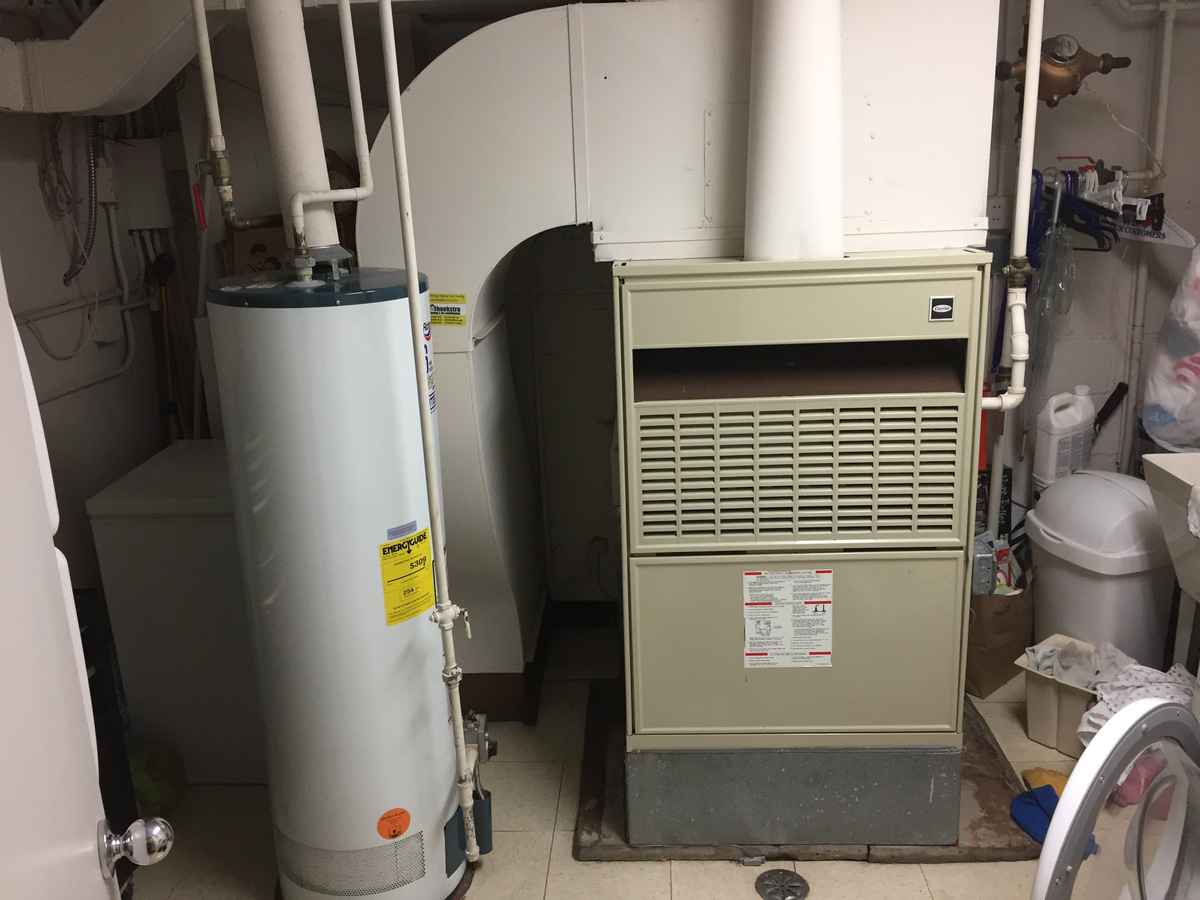
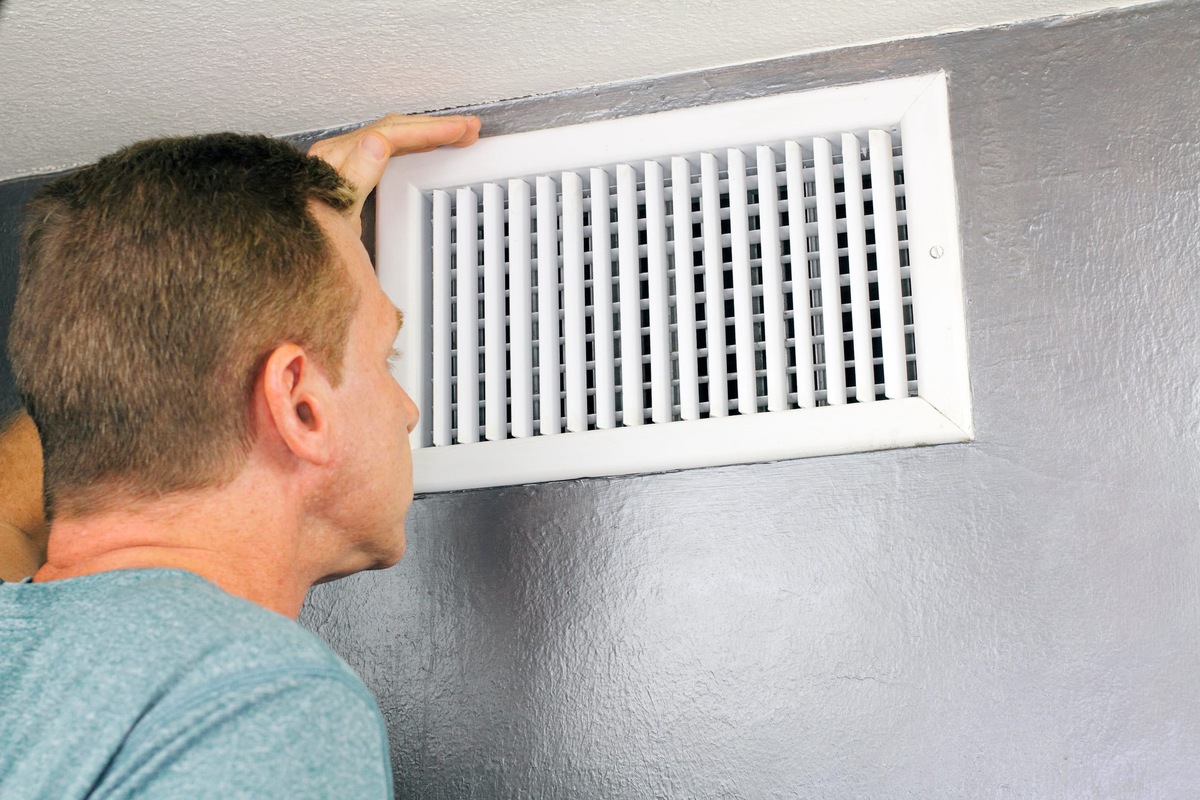
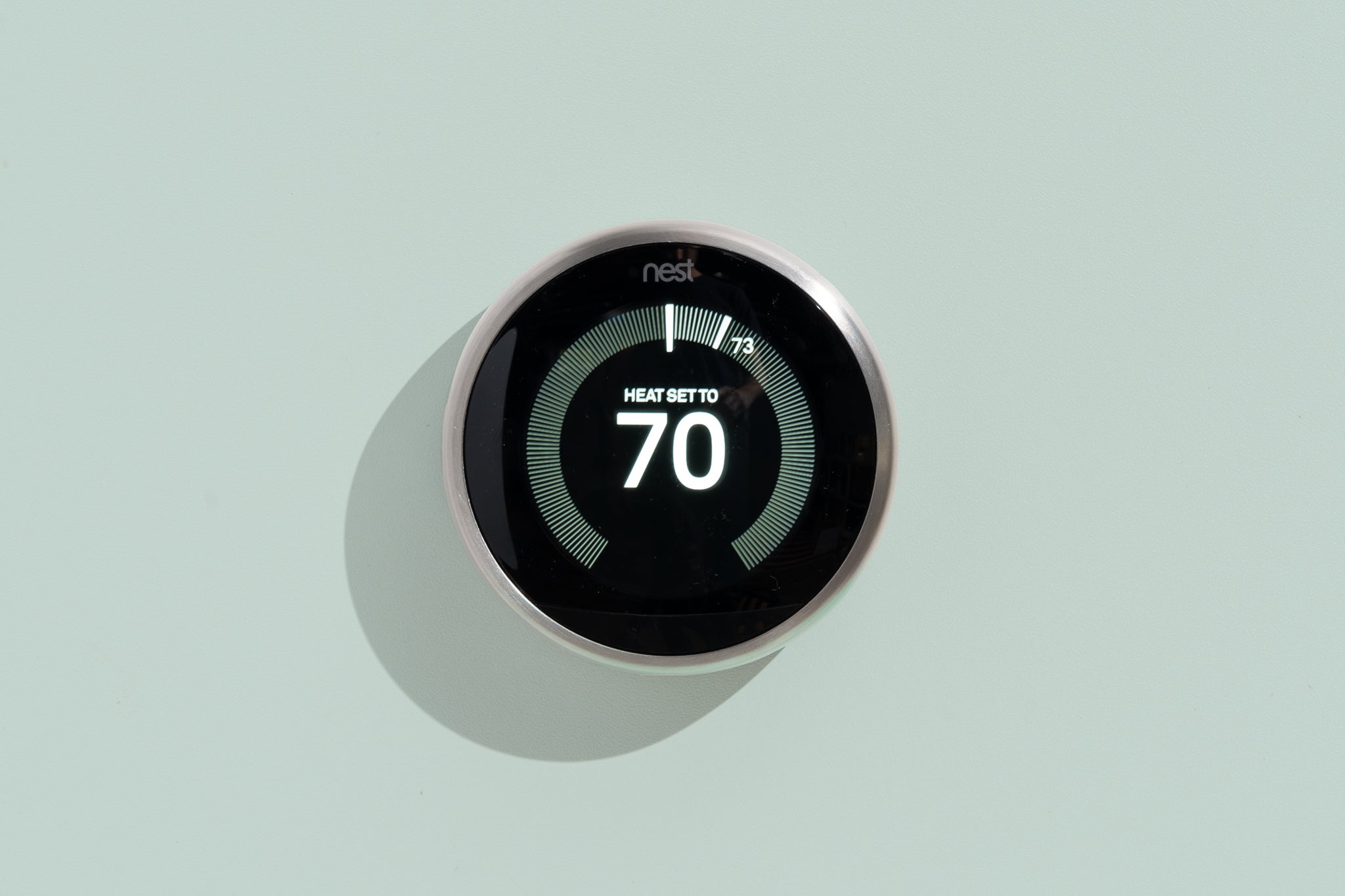
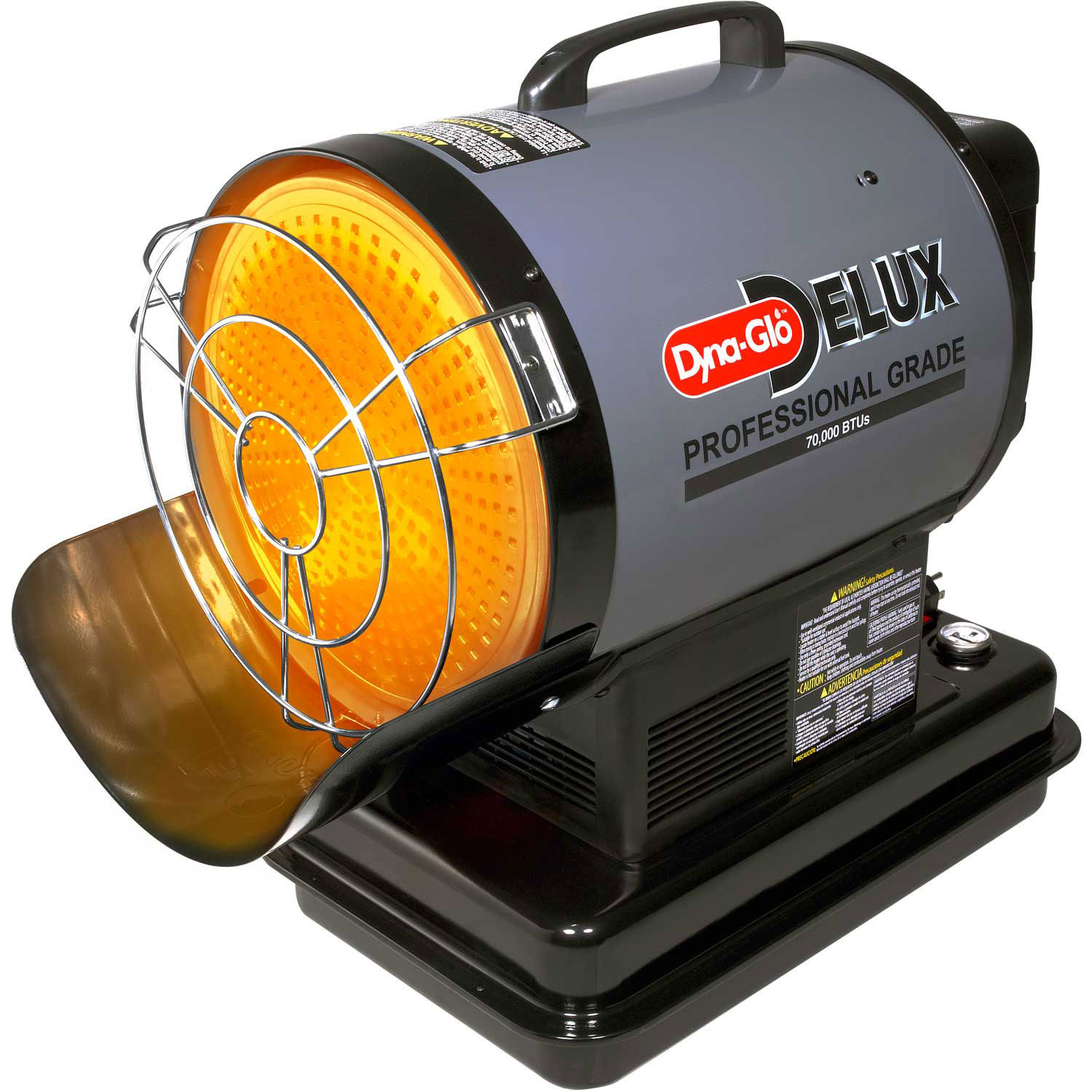
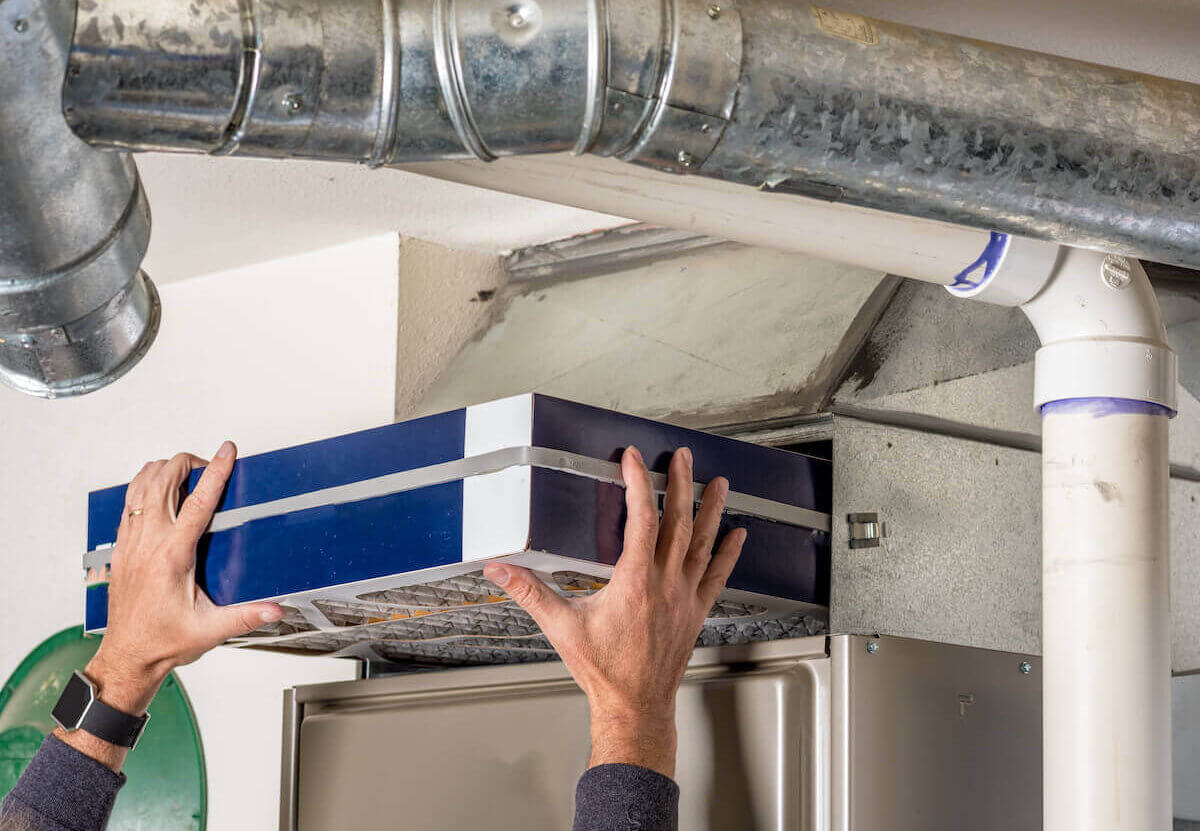
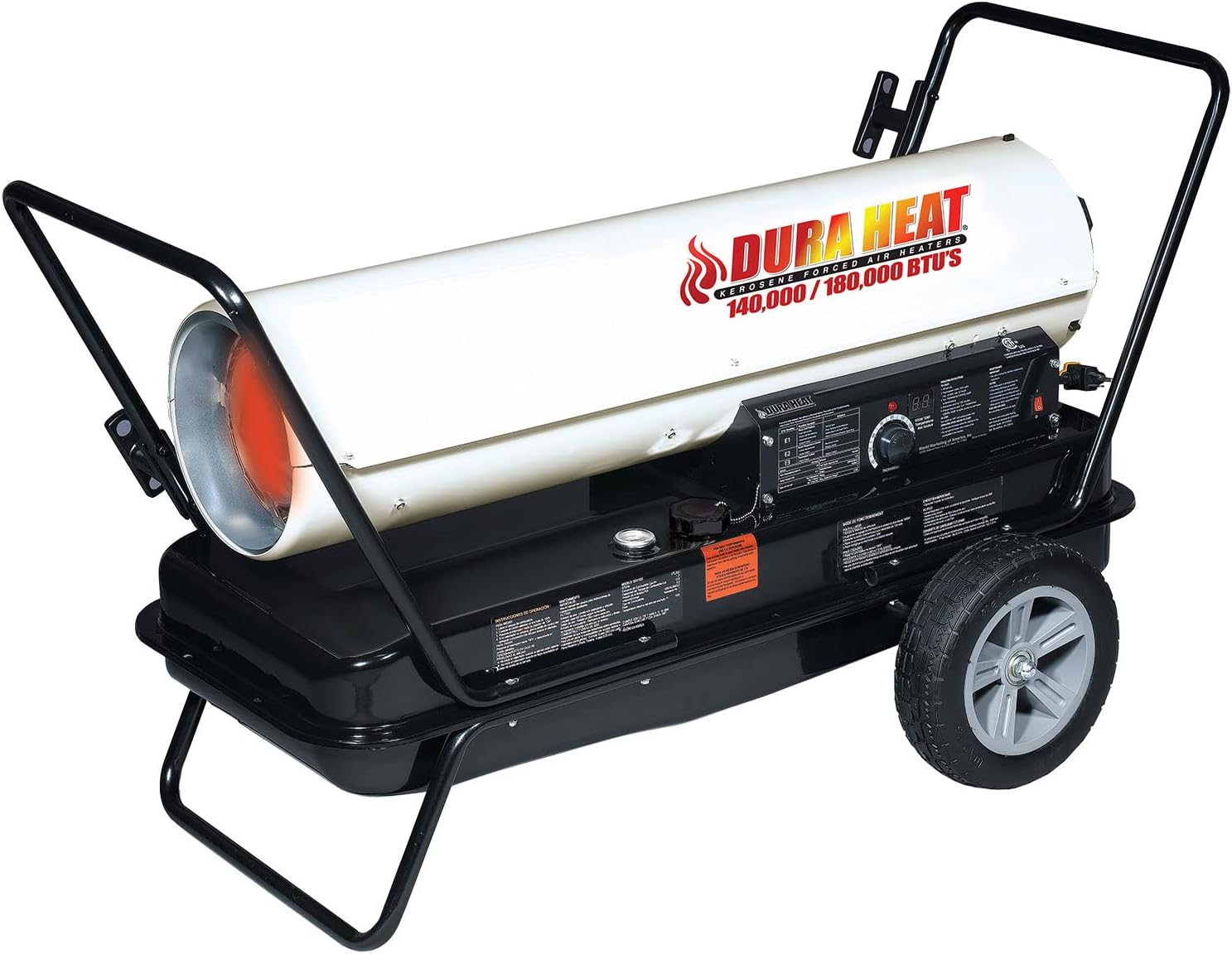
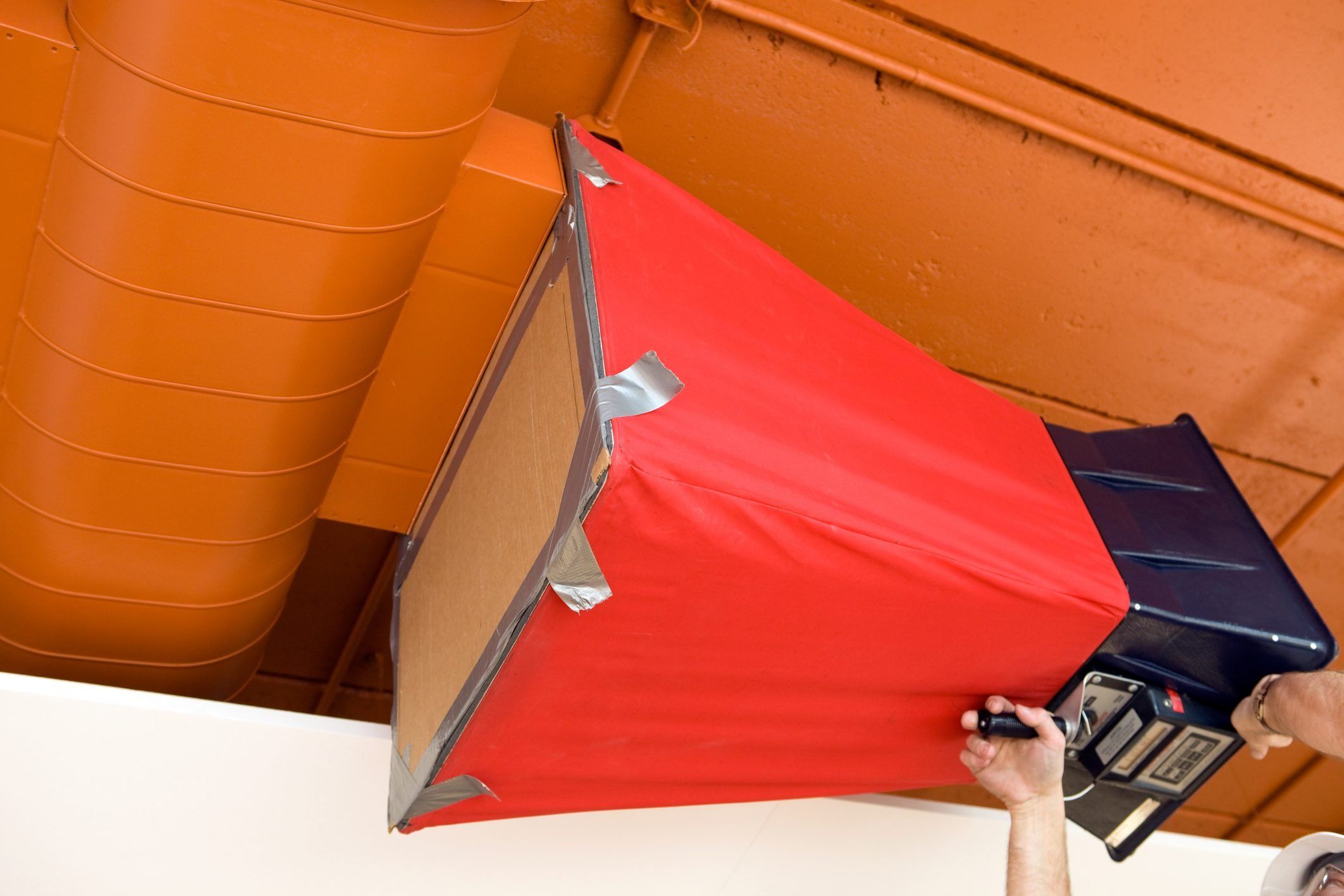
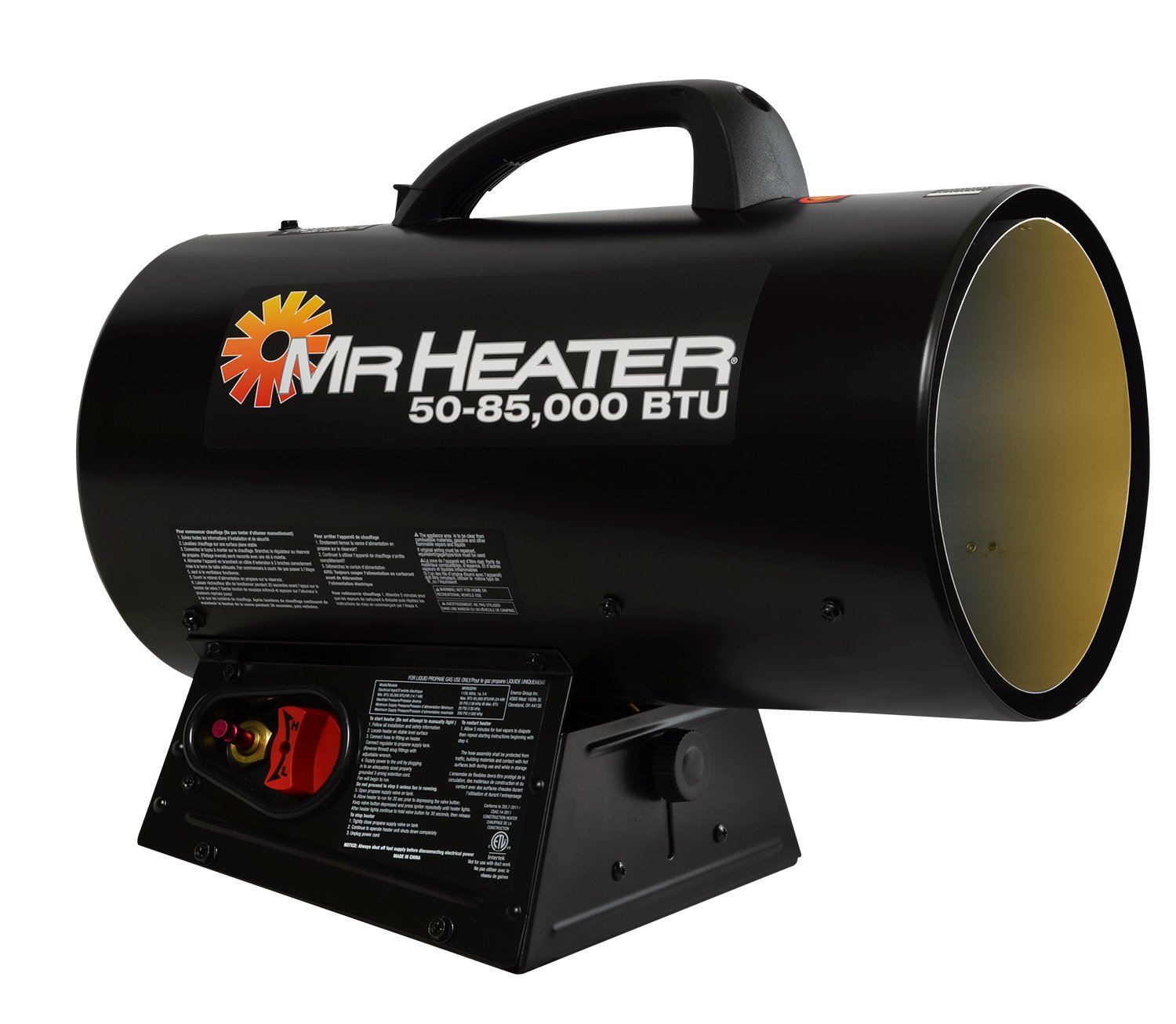
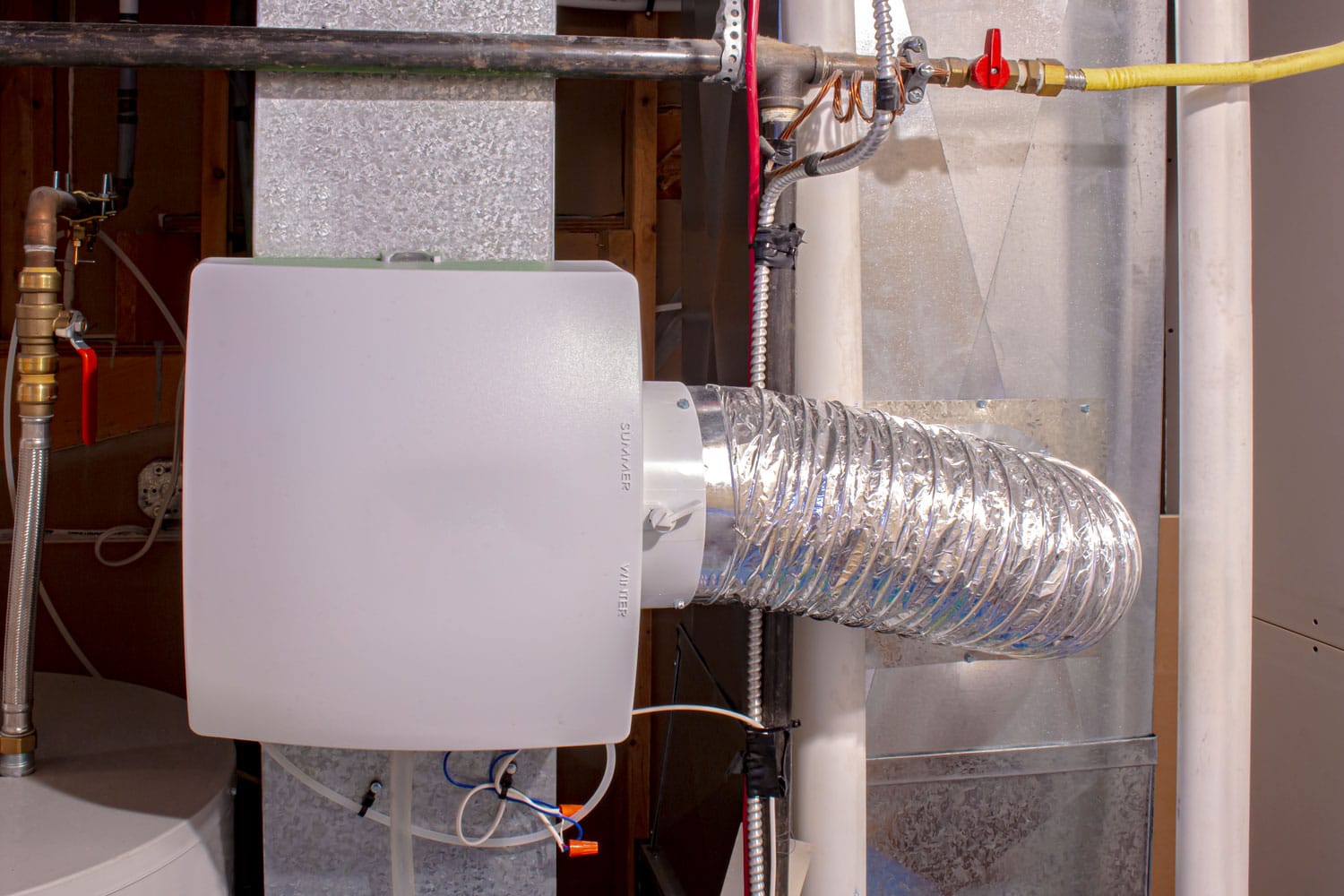
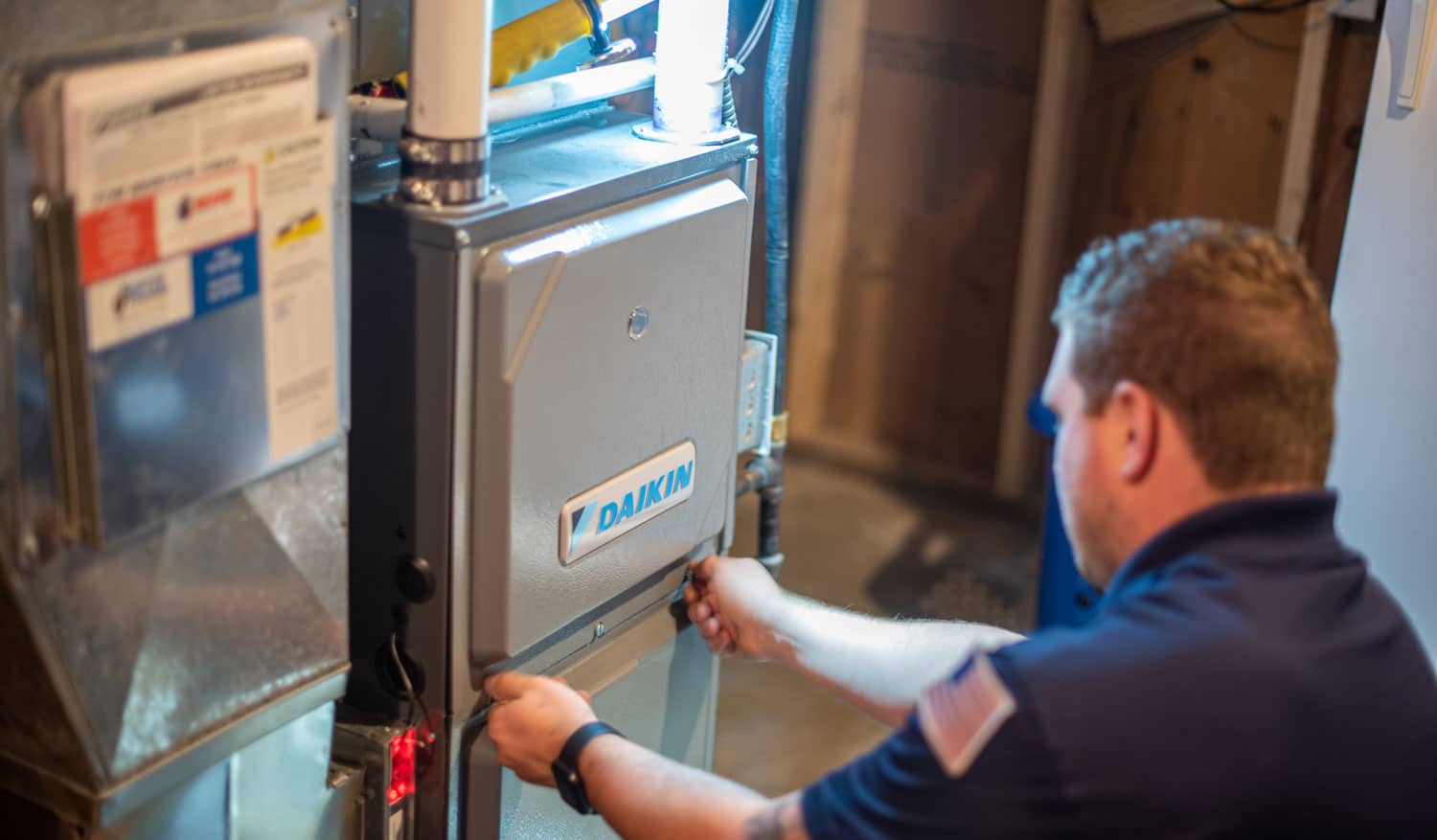

0 thoughts on “How To Save Money With Forced Air Heating”